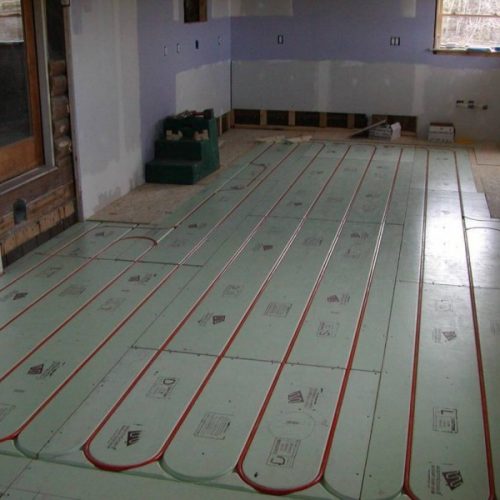Feel Free to Contact Us
Fast Delivery
100% Secure
Login / Registration
Experience the warmth from the ground up: Discover the comfort of underfloor heating.
Feel Free to Contact Us
100% Secure
Login / Registration
Login / Registration
100% Secure
Feel Free to Contact Us
Feel Free to Contact Us
Feel Free to Contact Us
With the winter season in hand, most people are concerned about ways of keeping their house warm. One of the approaches is to install underfloor heating. It is a sophisticated mechanism of flexible tubes or heating cables laid under the house’s floors. It is considered more reasonable and adequate than radiators.
Although underfloor heating has various advantages, there are also several concerns, such as raising the floor. Before we dive into the concerns, let’s first understand the types of underfloor heating.
Water underfloor heating comprises pipes placed in a circuit under the floor. It relies on warm water that runs in the pipes.
UK’s National Energy Foundation study provides the average cost of installing a water underfloor heating in a newly build structure, which is around £50 to £90 per square meter. The cost increases to the average of £70 to £120 per square meter if it requires the re-construction of floors. The average cost of using it is around £2.90 per hour.
It is one of the most common concerns with underfloor heating. Water underfloor heating uses tubes and screed in its installation, which makes it more inclined towards increasing floor height when installed in refurbishments. Complete installation of wet underfloor heating can add an average of 15cm to the floor height. So, wet underfloor heating may not be feasible in refurbishment projects.
Installing water underfloor heating in under-construction projects can act as a viable option. The main concern regarding floor height is mainly related to doors and window positioning. These concerns can be managed efficiently during the design phase of the house.
Electric underfloor heating uses the exact mechanism, but instead of water in pipes, it utilises heating cables or heating mats placed under the floor.
Installing electric underfloor heating costs less than wet underfloor heating, but using it is costly. The average cost of installing electric underfloor heating in the UK is around £60 to £80 per square meter, depending on the house size and chosen cables or mats. The average cost of running it is around £2.10 per hour.


Electric underfloor heating uses cables or mats, making it a better choice for refurbishment projects. Both variants have an average thickness of a few millimetres, which will make an impact of around 2 centimetres on floor height. However, some variants can be installed within a layer of the levelling compound and will make no difference to the floor height.
Similar to water underfloor heating, the impact of electric underfloor heating height can also be considered when designing the house’s structure. Although the impact is a few centimetres, it can still bother various sticklers who want perfection, even by an inch.
When we add insulation to the mix with underfloor heating, concerns can be more justified. Insulation fitting is also necessary to use the full potential of your underfloor heating. It can help with the loss of heating and can assist in reducing energy and heating bills.
The average insulation thickness in the UK is around 10cm to 15cm. When we install underfloor heating on top, it can impact the floor height with a significant value. The effect should be minor on electric underfloor heating compared to water underfloor heating. So, it is necessary to consider the insulation height when installing underfloor heating, whether in refurbishment or under-construction projects.
let’s look into the pros and cons of underfloor heating. Underfloor heating has several advantages and disadvantages, so it is advised to take time and thoroughly evaluate the system before installing it.
We have gathered some essential pros regarding underfloor heating, which must be considered before installing it.
Even though the pros seem attractive, there are also some notable cons of underfloor heating.
Suppliers of quality underfloor heating providing heat and warmth to an entire building or a specific zone within it. It involves the installation of a central heat source, which generates heat, and a network of pipes that distribute the heated water throughout the building.